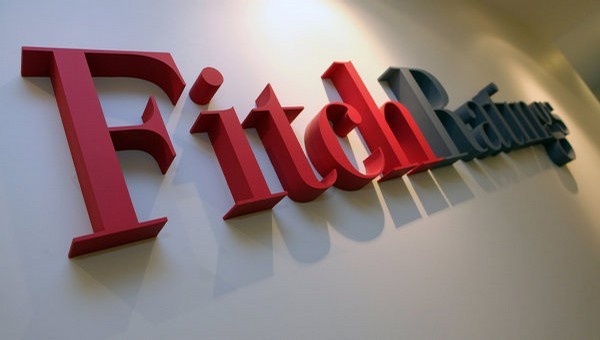Turkey: Central Bank publishes inflation report October 2011
 The Central Bank of Turkey has announced its inflation report for October 2011.
The Central Bank of Turkey has announced its inflation report for October 2011.
When we look at the figures we can easily observe that the top authority in monetary policies, has manged to display quite a succesful performance to keep control over the inflation and other monetary threats to the country as opposed to the situations in the past.
Turkey as known to many involved in the issue has shown great performance in the recent years and managed to come out of the global crisis with a minium loss as compared to many European countries such as Greece.
Experts say Turkey has such as strong economy now that it could even cope with another eventual economic crisis to prevail on the globe.
According to the figures made public by the Central Bank, the administration has managed to stick to its fiscal targets and where need be made the necessary adjustments not to face an unexpected and unpleasant surprise at any stage of this financal war.
Editor
BUSINESS TURKEY TODAY
Inflation and Monetary Policy Outlook
Short-Term Inflation Forecasts
Since the publication of the July Inflation Report, emerging economies have faced rapid capital outflows due to deteriorating risk appetite. In this respect, excessive depreciation in the Turkish lira has become more evident. This development, coupled with the increase in the prices of administered goods, has increased the risk of deterioration in pricing behavior.
The CBRT responded to these developments strongly by increasing its overnight lending rate markedly. Although the monetary tightening is expected to contain inflationary pressures, inflation is forecast to increase significantly in the short term with the contribution from low base effects in unprocessed food prices. In this respect, inflation is expected to reach 8.3 percent at the end of the year.
Medium Term Forecasts
Assuming that annual rate of credit growth decelerates gradually, and monetary conditions are tightened significantly in the final quarter in line with the policy measures taken in October, inflation is expected to be, with 70 percent probability, between 7.8 and 8.8 percent with a mid-point of 8.3 percent at the end of 2011, and between 3.7 and 6.7 percent with a mid-point of 5.2 percent at the end of 2012. Inflation is expected to stabilize around 5 percent in the medium term.
It should be emphasized that any new data or information regarding the inflation outlook may lead to a change in the monetary policy stance. Therefore, assumptions regarding the monetary policy outlook underlying the inflation forecast should not be perceived as a commitment on behalf of the CBRT.
The projections assume that the policy stance of the CBRT was designed such that the second-round effects would not materialize. Moreover, given the weak outlook for the global economy, the course of commodity prices are also expected to be disinflationary. Accordingly, inflation is expected to decelerate gradually starting from early 2012 and to materialize at levels close to target by the end of 2012.
In sum, short term inflation forecasts were revised on the upside mainly due to the exchange rate developments and the hikes in administered prices. It should be underscored that these factors reflect a movement in relative prices rather than permanent increase in inflation, as the monetary tightening envisaged in the last quarter in the context of the CBRT’s recent strong policy reaction will prevent the second round effects.
How Would Inflation Evolve if the CBRT had not Reacted?
The recent tightening in the CBRT’s policy stance aims mainly to prevent a deterioration in inflation expectations triggered by the inflationary pressures from the exchange rate. At this point, it is important to ask a counterfactual question: what would be the path of inflation had the CBRT not reacted?
(To provide more guidance for this question, Chart 1.3.1 depicts the accumulated price increases resulting from exchange rates and administered price developments, in the case of no reaction by the CBRT) Accordingly, we estimate that the contribution of these developments to inflation would have reached 6 percentage points, had the CBRT not taken any policy measures. Under this scenario, consumer inflation reaches double digits at 10.1 percent, owing mainly to the excessive depreciation of the Turkish lira, also coupled with the effect of the deterioration in inflation expectations.
Therefore, given the backward looking pricing-behavior in the services sector, inflation would hover at elevated levels for a long time. This would lead to a deterioration in inflation expectations, and bring the risk of loosing hardly earned achievements on the path to price stability in recent years. In such a case, bringing inflation back to reasonable levels would be more costly.
In order to prevent such adverse developments, in October the CBRT intervened actively in the foreign exchange market; and, in line with its primary objective of price stability, responded boldly by increasing the overnight lending rates significantly. In this respect, all kind of measures will continue to be taken in the forthcoming period, in order to control inflation and to ensure the attainment of inflation targets.
CENTRAL BANK
October 2011





